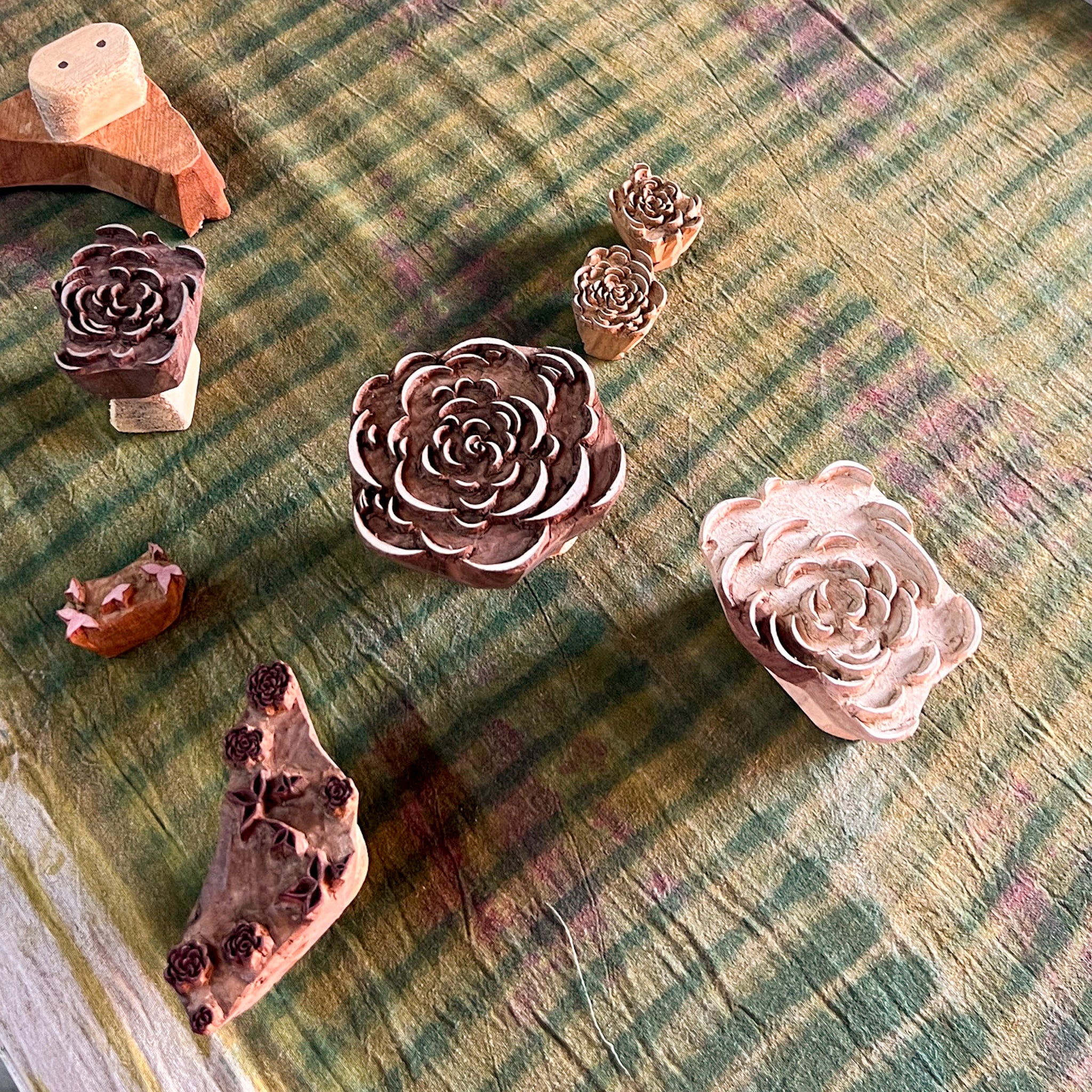
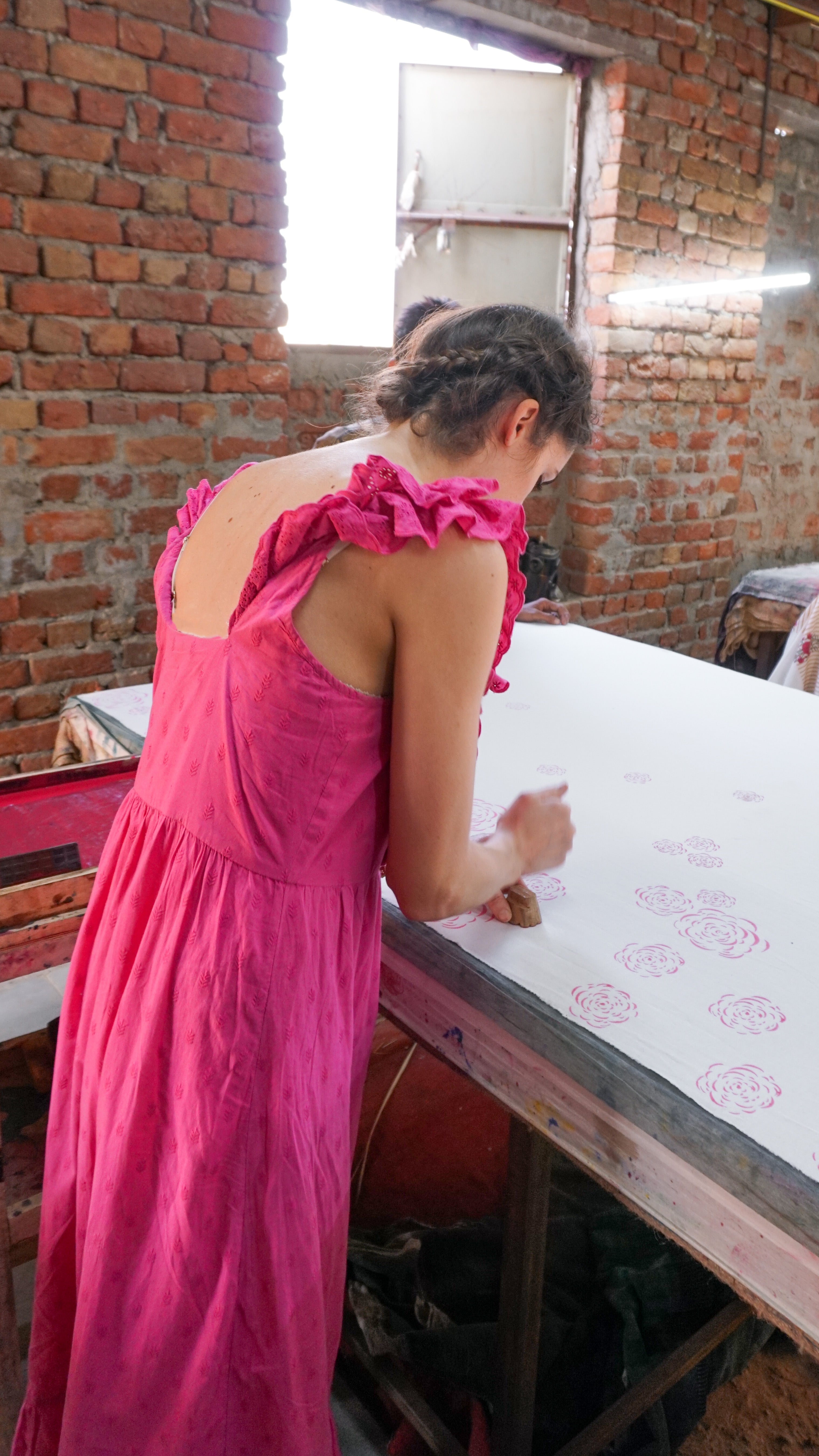
Set The Table
A Hand-Blocked History
The rhythmic beat of wooden blocks stamping cotton grew as I approached the workshop down a bougainvillea-lined path just outside Jaipur. Upon entry: hazy afternoon light streaming onto tables nearly 20m in length, and the sight of craftsmanship at its most honed. The artisans dipped their blocks in shallow trays of ink, then stamped - quick, firm - and lifted them. A single motif required multiple blocks for each color and placement with minute precision to avoid overlap. Like any highly skilled artist, they made the technique seem effortless. It is far from it.
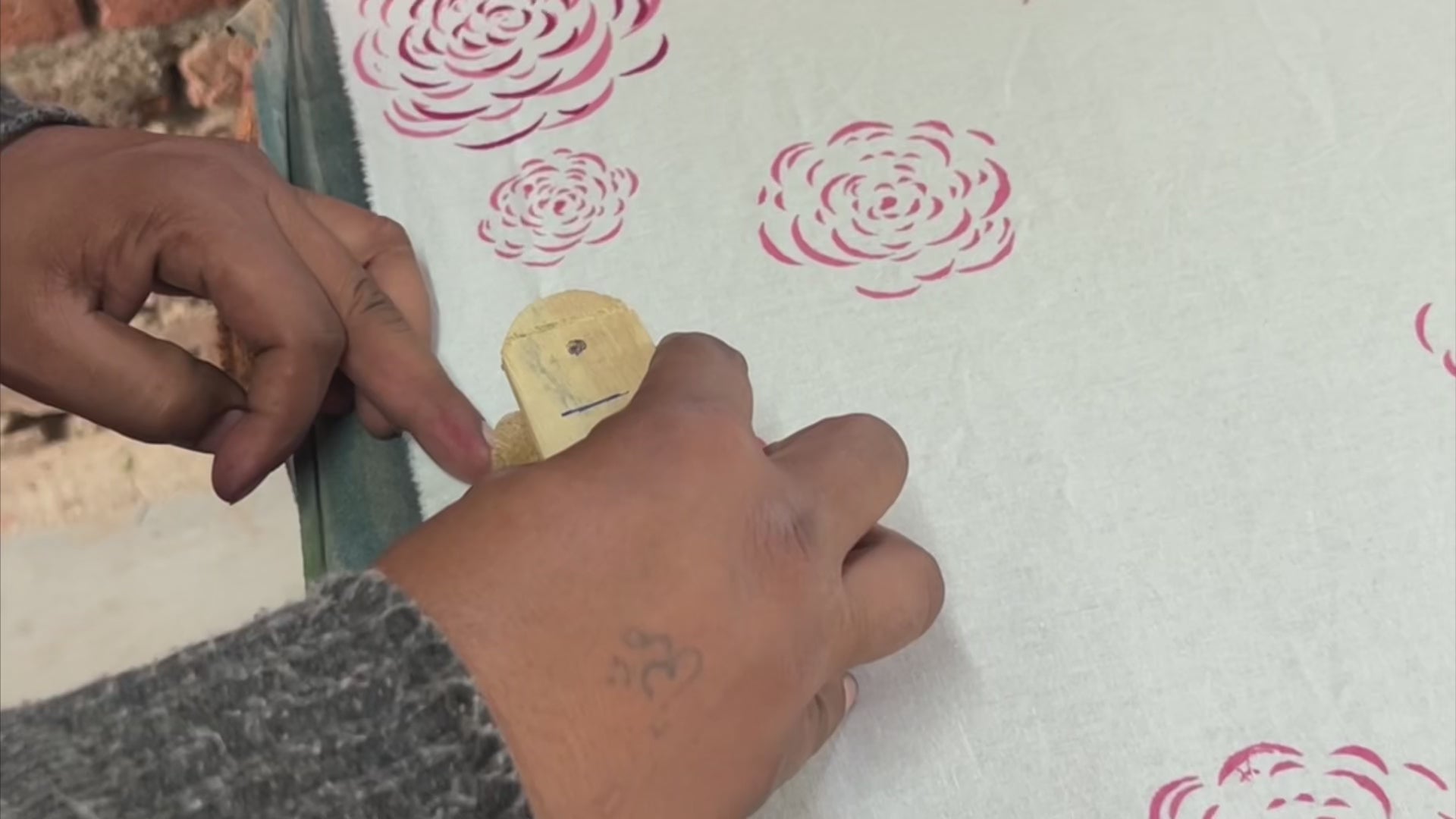
While the first dated example of block printing is the aforementioned Diamond Sūtra, it was on the Indian subcontinent, particularly under Mughal rule, where block printing on fabric reached its zenith. This long period of royal patronage resulted in motifs still common in prints today. European industrialisation with its cheap, fast, digitally-printed textiles forced many printers to shut and caused this ancient craft to reach a low ebb. But today - from the cotton dresses flouncing across cities each summer to the napkins on the tables of many a host - it is thriving.
Nina Butkin, principal of Clarence House, has seen a particular upswing over the last decade: "Interior designers appreciate the slow rate of production; they understand that is an art, not a mass-produced product," she explains. Customers of this esteemed textile house, established in 1961, even love the back of the block-printed fabrics, often choosing to expose it as evidence of the hand-made.
An early example of block printing formed the starting point for Butkin and the house's creative director, Kazumi Yoshida, in their latest collection, Indochine. They were fascinated by a block printed chintz fragment from coastal Southeast India, dating back to the late 17th or early 18th century. It informed the collection's new design - Panneau Japonais (pictured) - and inspired their creative journey, examining the intermingling of Chinese and Indian influences in a range using original artwork and innovative techniques across premium textiles.
Today, there is much more to block printing than the classic, Mughal-style symmetrical florals. It takes a week to produce just 17 metres of Clarence House’s Dahlia print with its 16 colours and wooden blocks weighing over 20kg. Imagine the sheer physicality of the artisans manoeuvring this heavy wood.
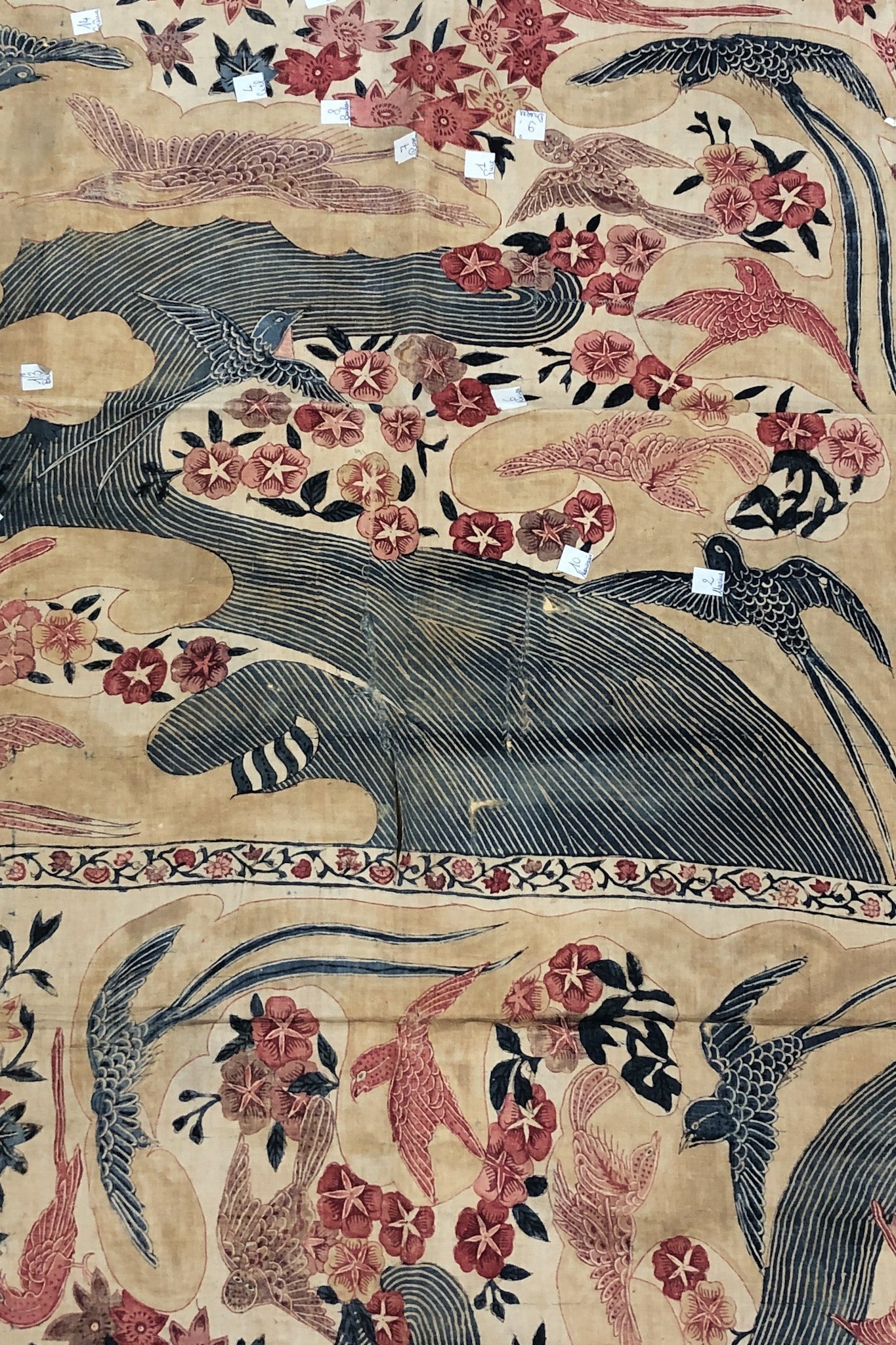
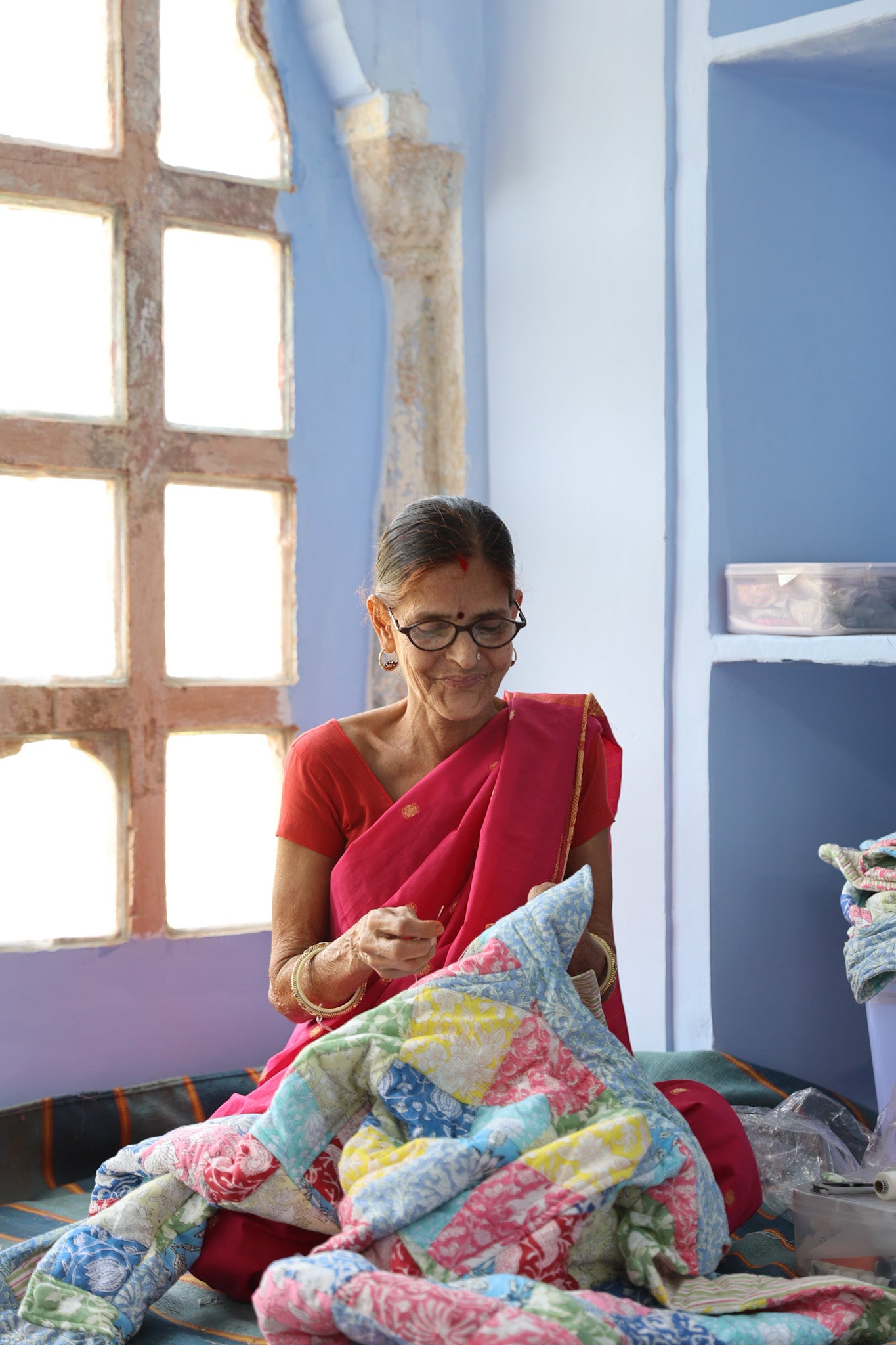
While a complex print like that takes this ancient craft to its most complex visual expression, PDKF Store, co-founded by Princess Gauravi Kumari and Claire De Roo, has reimagined block prints for a new generation. "We personally believe that each art form goes through its own transition phase; it is always favourable to be a pioneer of change.” Their collections range from bucket hats to patchwork quilted jackets, tablecloths to coasters, all in modern, bright, candy colors.
"Our objective has always been to understand and promote heritage craft while creating modern silhouettes," they explained of this fresh new take. Based in Jaipur, a city that many view as the hub of modern day block printing, it is the technique’s hand-crafted nature that these entrepreneurial co-founders most admire: “each block, dye and fabric leaves you in anticipation of a beautiful unknown."
"Block printing is a long and artistic process which teaches you patience and precision. Each block, dye and fabric, leaves you in anticipation of a beautiful unknown, and we feel that unique uncertainty is what keeps us in awe."
PRINCESS GAURAVI KUMARI & CLAIRE DE ROO, PDFK STORE
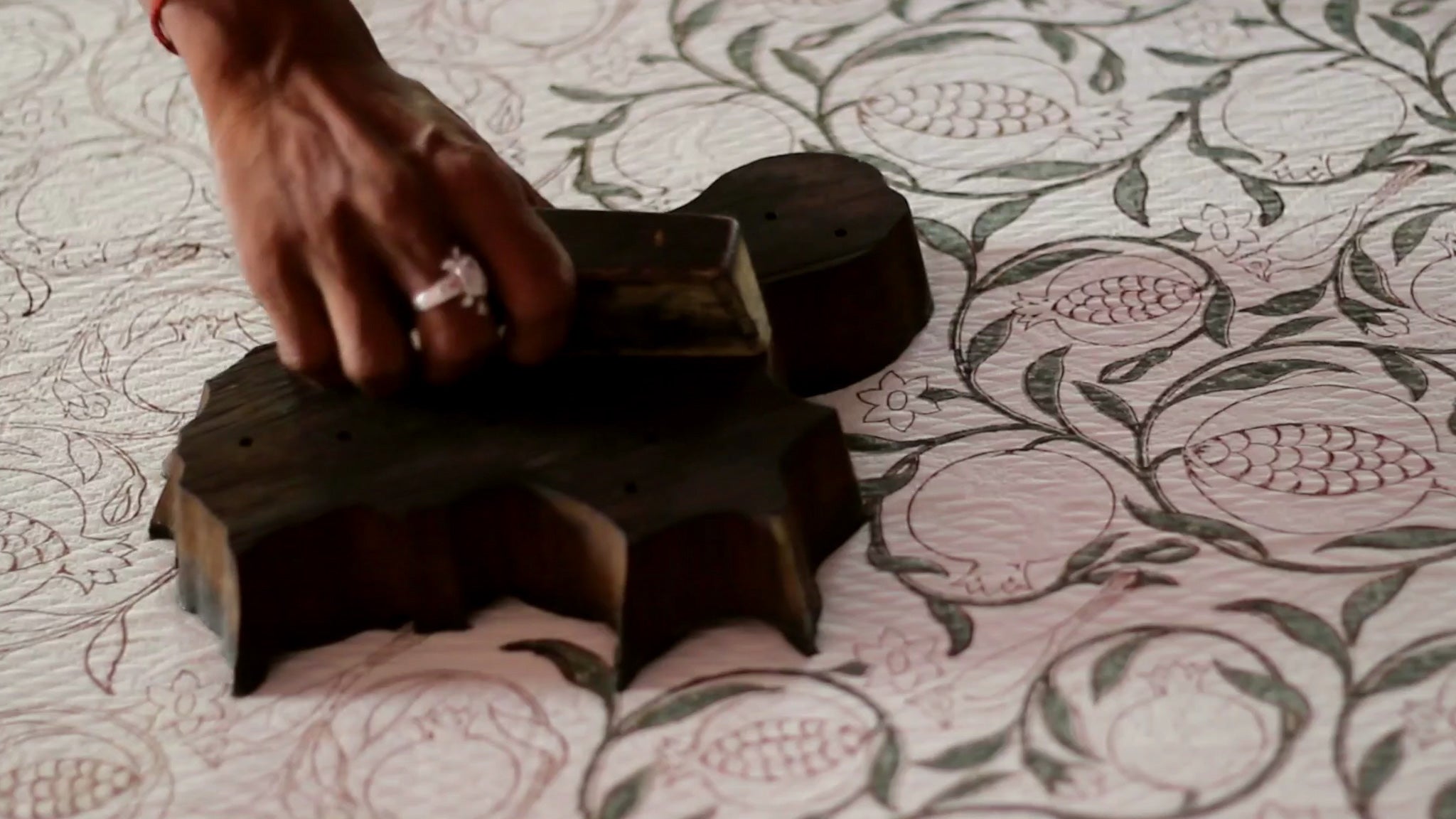

It may be the heart of block printing today but back in the late 1960s, Jaipur's printing industry was on the brink of extinction. John and Faith Singh of lifestyle brand Anokhi together pioneered a socially sustainable business model, working closely with the printing community and, in turn, revitalising and safeguarding this age-old technique. In 2005 the brand founded the Anokhi Museum of Hand Printing in Jaipur, dedicated to its preservation and continued development.
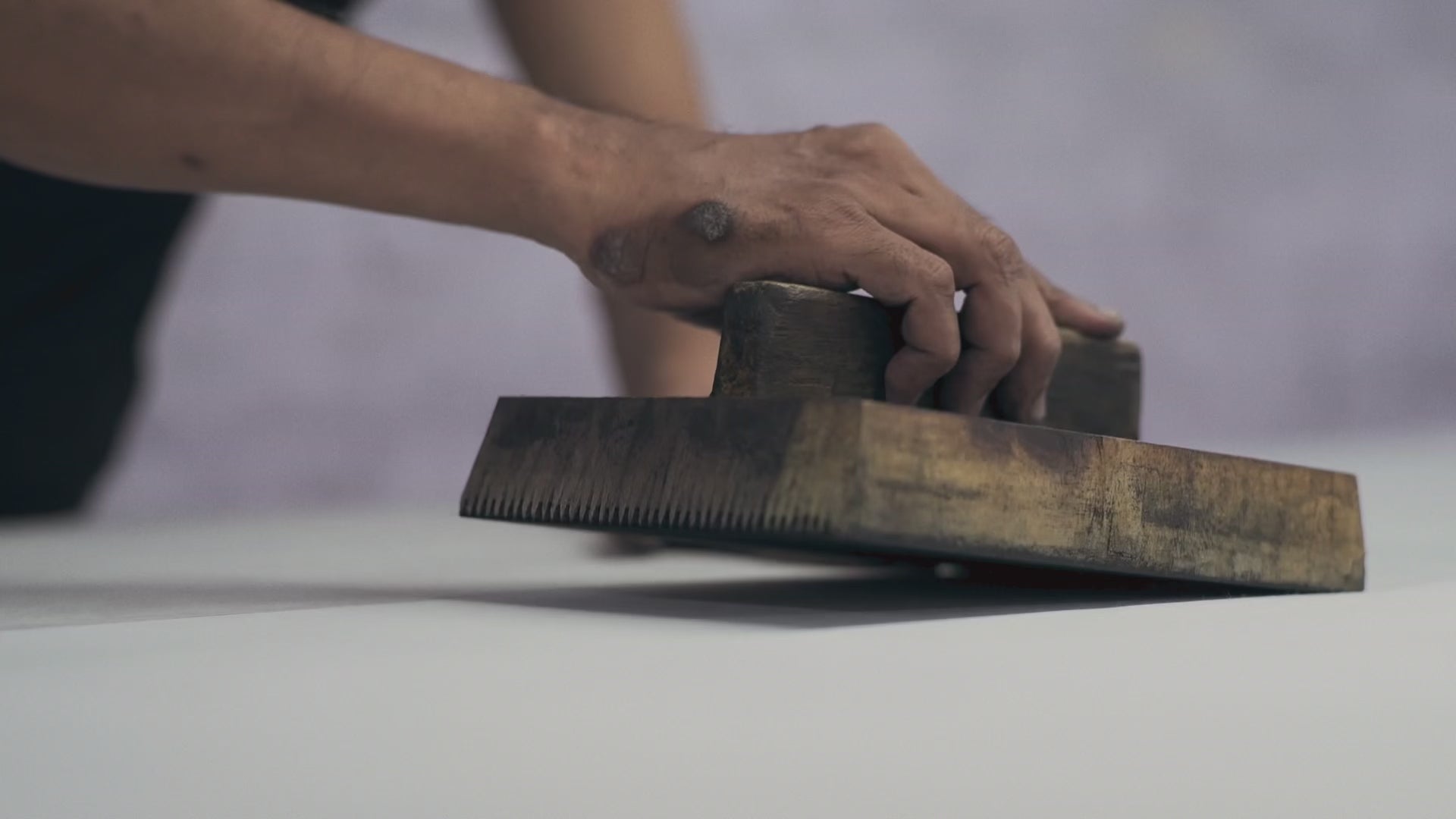
Indian design house, Good Earth - founded in 1996 by Anita Lal to support kumbhars (village potters) - has been working with the same Jaipur craftsmen for almost two decades. “Through Good Earth my intent is to celebrate the cultural heritage and design vocabulary of India,” says Lal, an ethos that has now expanded to over 25 craft collaborations across the country. In turn, the Good Earth creative team expands this design vocabulary with ranges like Bosporus Rosa (pictured), which incorporates classic Greek and Roman art with Asian influences.
For Lal, the value of block printing lies in its "intangible connection with the maker", and "timeless, yet of the moment" designs. She attributes its universal appeal to an appreciation of its history and the hand-crafted, artisanal technique. These master craftsmen have learnt their craft from their families.
"The universal appeal of hand block print lies in eyes of connoisseurs who understand its tradition and provenance along with an appreciation of the hand of artisans who created it. Its value lies through an intangible connect with the maker and the appeal of hand block prints is because they are timeless and yet of the moment."
ANITA LAL, GOOD EARTH
Block printing is a technique handed down from generation to generation, whether it is the deft, delicate touch required to carve the motifs from teak or pear wood, or the light, exact tap used to stamp onto fabric. "It takes about seven years for a novice printer to become ‘semi proficient’," Butkin explained.
As I learned when I visited the block printers behind my own designs, the pressure on the wooden block is an art: too much and it will smudge, too little and it will fail. But minor imperfections are the beauty of the craft; they signal a human hand and story, rather than the dull accuracy and symmetry pumped out on repeat by a machine.
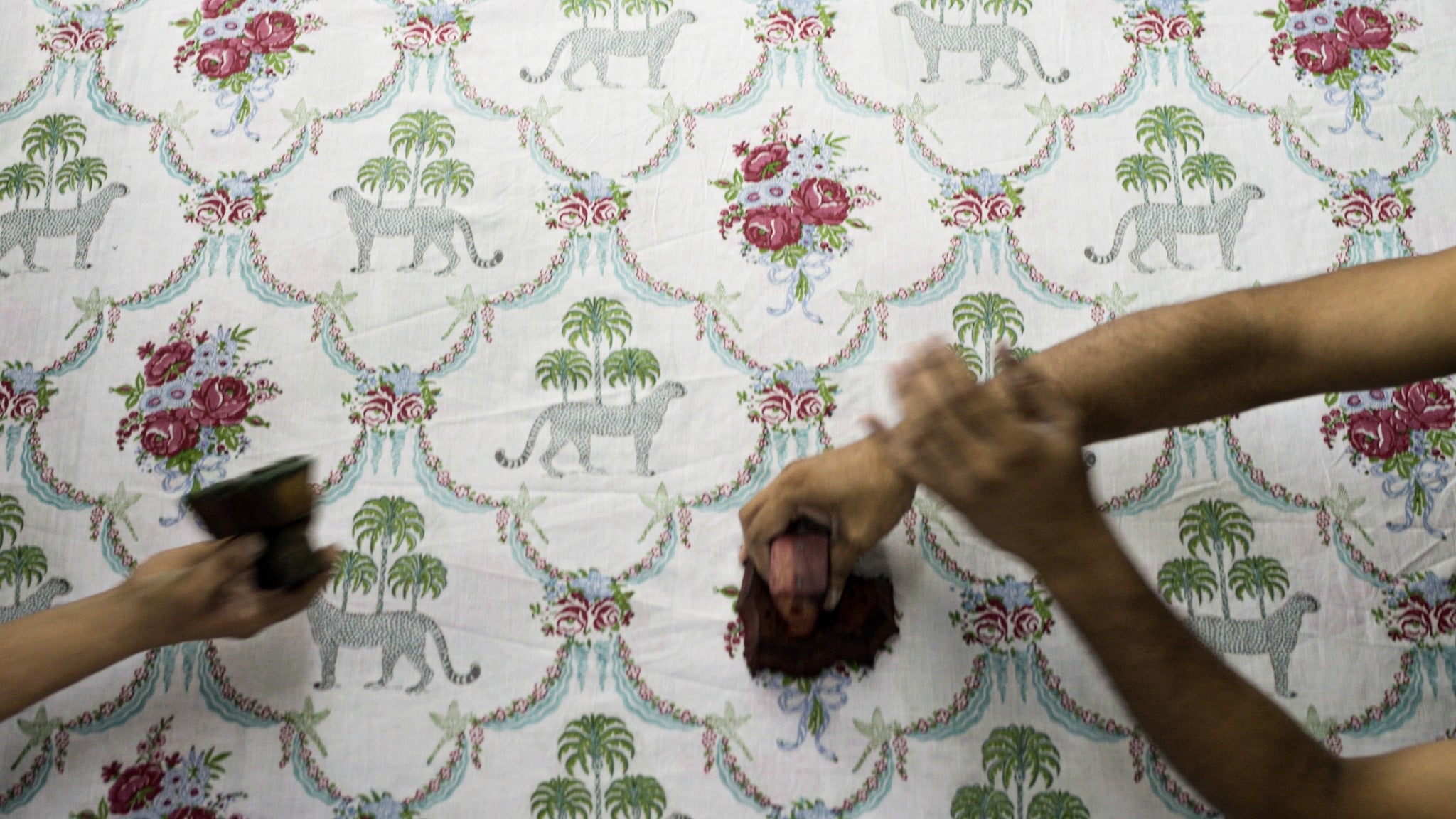

Braj Badaya, a Jaipur-based artisan who produces prints for some of the world's leading brands, believes this was once a dying art - “it was almost impossible to find new block printers” - but has noticed a sea-change, due in part to demand from sustainability-conscious consumers who appreciate its natural materials and ancient technique.
Block printing is dictated by the seasons, he explains - “drying in the sun is the most effective, efficient and sustainable way to dry the linens” - although this does make for an unpredictable production schedule in an early monsoon. But this incalculability, just like the tiny variations in the prints, form the essence of this art form. Block printing is both the antithesis of modern uniformity and the apotheosis of Indian textiles. Long may the appreciation and production of this heritage craft thrive.
This article was first published on Cabana Magazine, November 2023.
Photography courtesy of Good Earth, PDKF Store and Clarence House, as well as Rosanna Falconer.
Block Prints
Drawn by Rosanna, printed in Jaipur
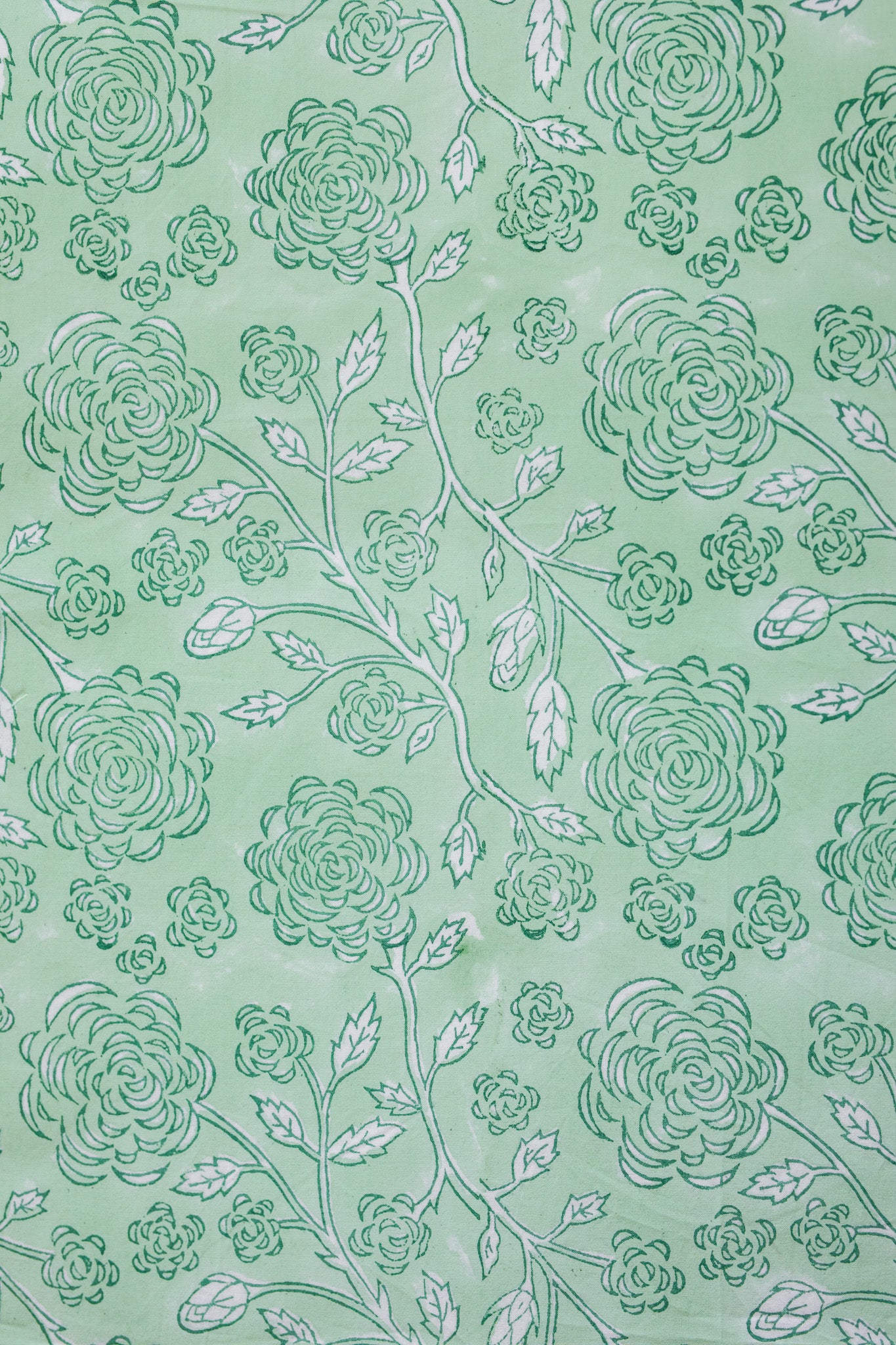
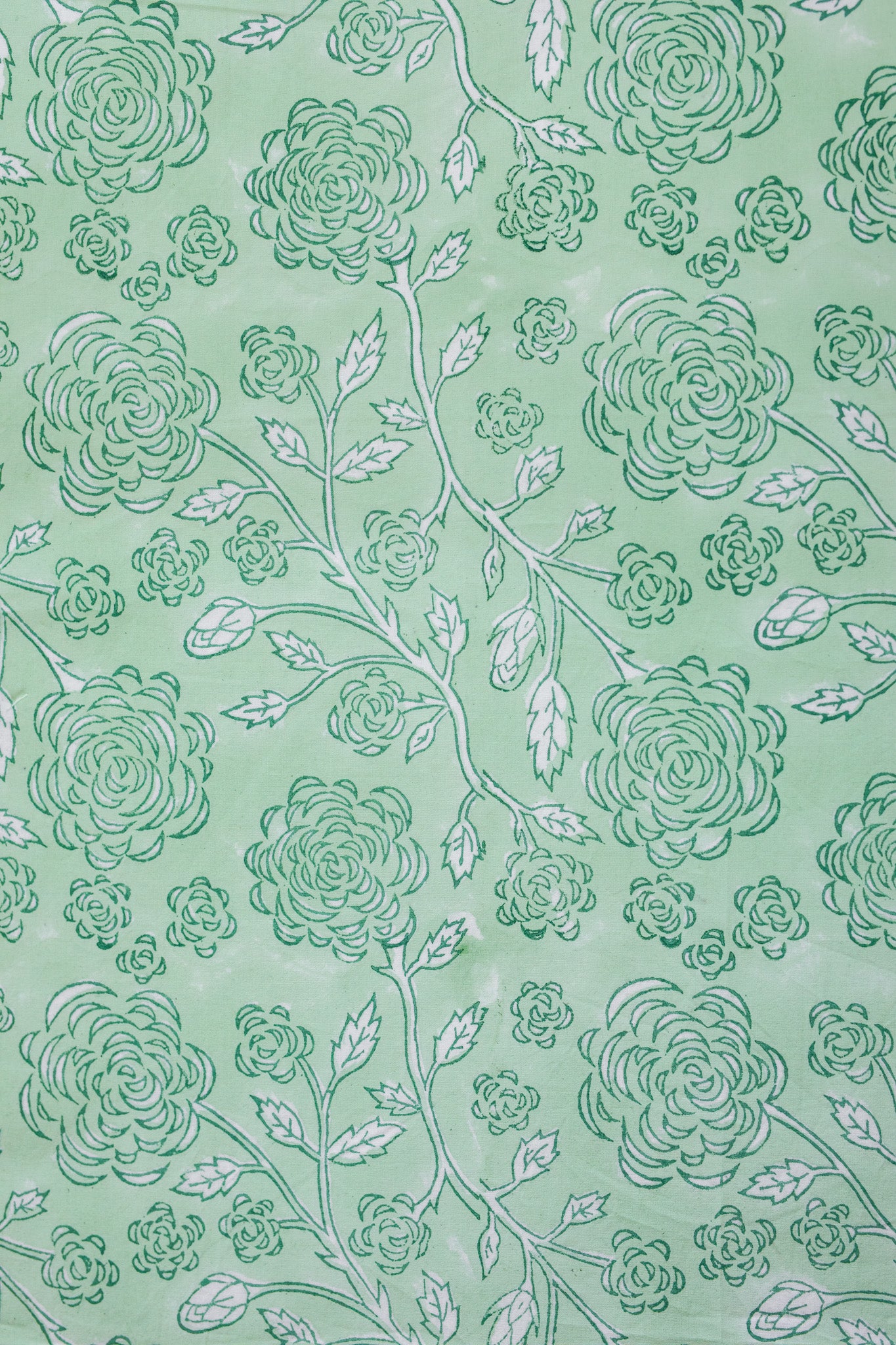
The Journal
Christmas Decor 2025
Festive decoration ideas - from the fabric baubles to the paper chains that are filling our house this year.
Festive Masterclass
Tips and ideas from our festive tablescaping masterclass at Chelsea Barracks Winter Fair.
Chelsea Barracks Winter
A return to our potting shed for the festive edition of the renowned Chelsea Barracks Winter Fair.
New Bedding at Samiti One
From block print to bed quilt, Rosanna's new linens and rooms to match, crafted with the magic of Jaipur’s artisans.




